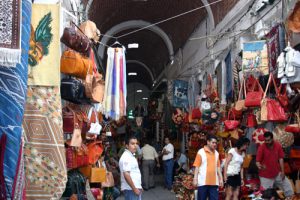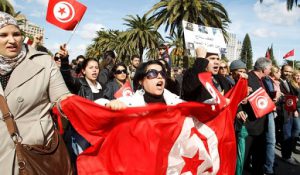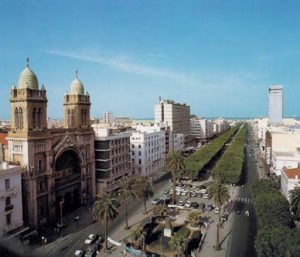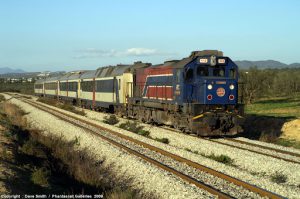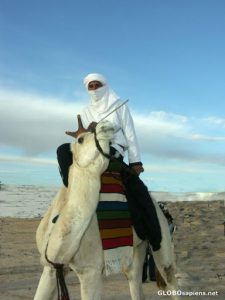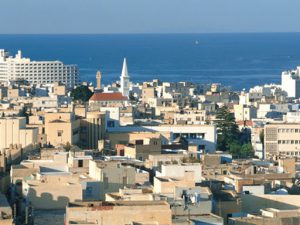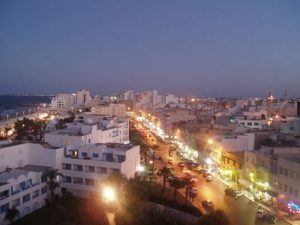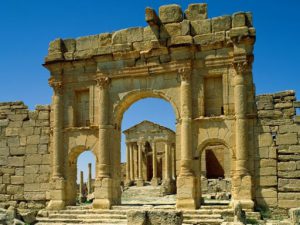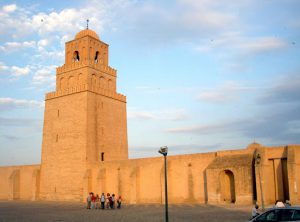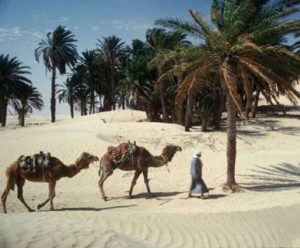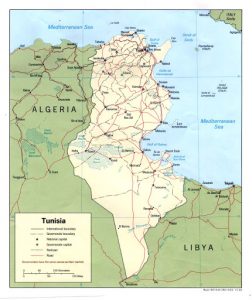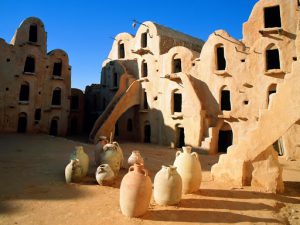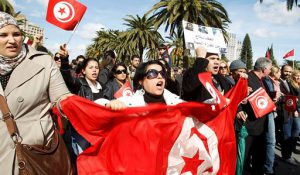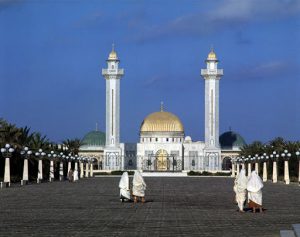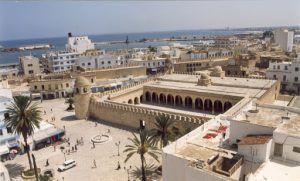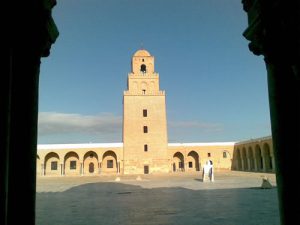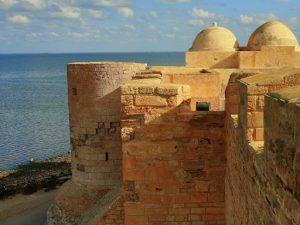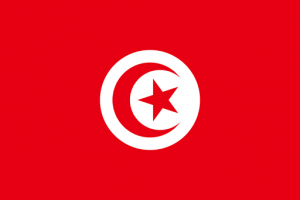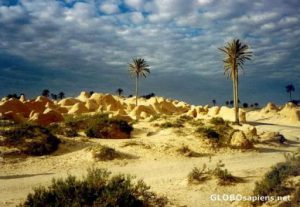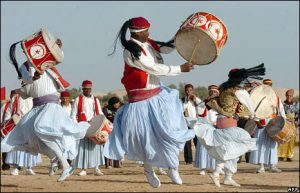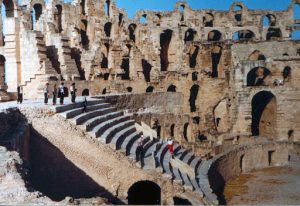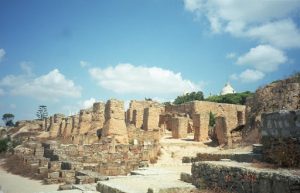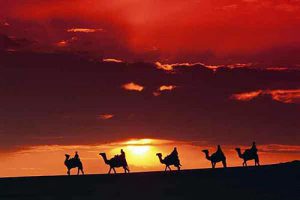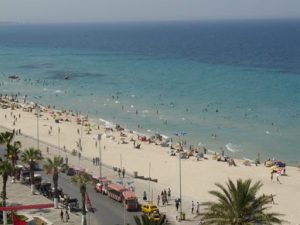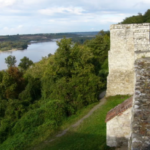Tunisia’s area is almost 165,000 square kilometres (64,000 sq mi), with an estimated population of just over 10.4 million. Its name is derived from the capital Tunis located in the north-east.
Tunisia began the famous ‘Arab Spring’ of revolution in 2010 with an intensive campaign of civil resistance, including a series of street demonstrations taking place in Tunisia. The events began when Mohamed Bouazizi, a 26-year old Tunisian street vendor, set himself afire on 17 December 2010, in protest of the confiscation of his wares and the humiliation that was inflicted on him by a municipal official. This act became the catalyst for mass demonstrations and riots throughout Tunisia, North Africa, Middle East and Arabia, in protest of social and political issues. Anger and violence intensified following Bouazizi’s death on 4 January 2011, ultimately leading longtime President Zine El Abidine Ben Ali to step down on 14 January 2011, after 23 years in power. Although a new government is in place, there is still unrest and frustration as the country changes. Meanwhile, as these photos show, old traditions, rural life and history continue as before.

